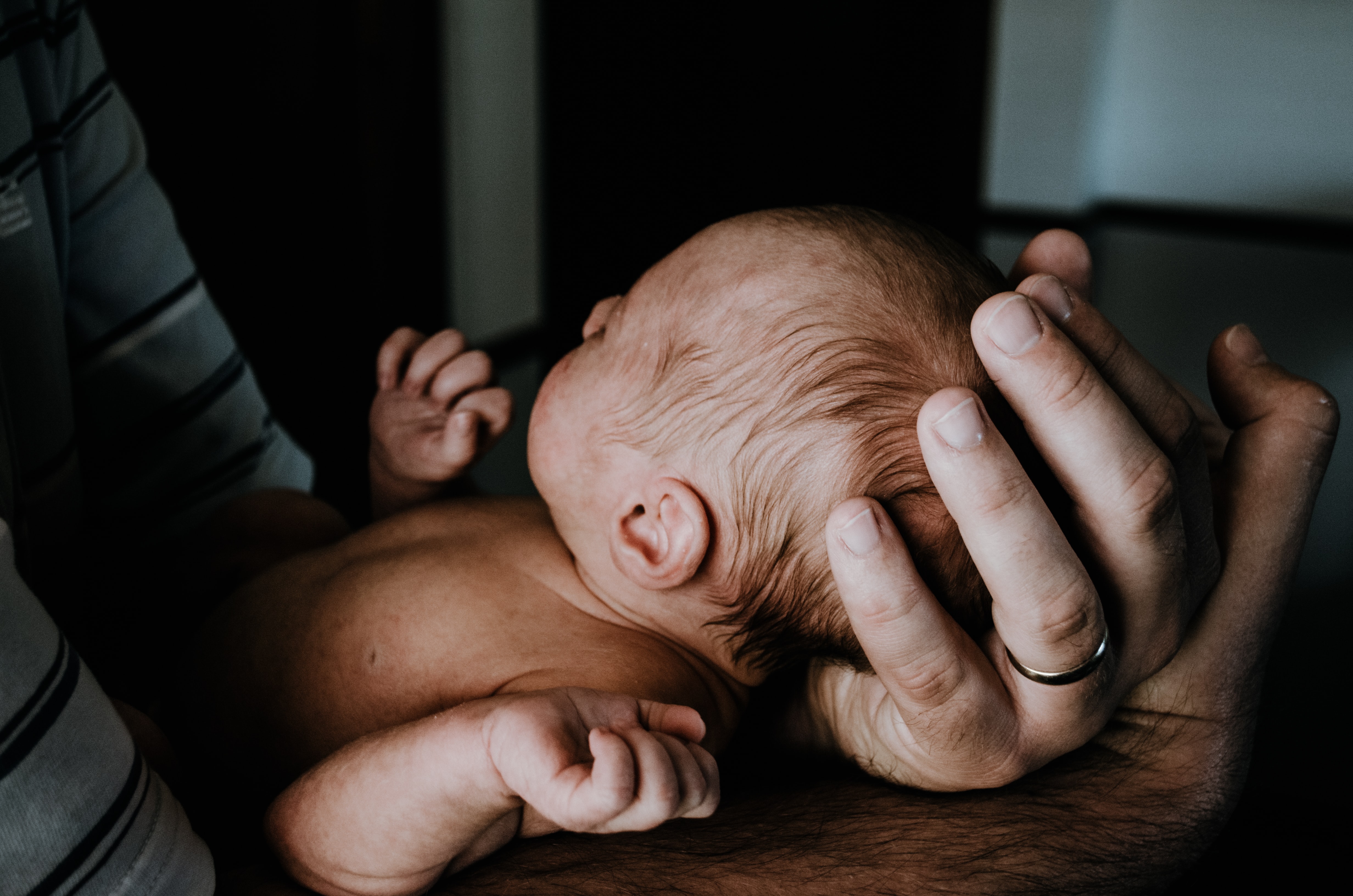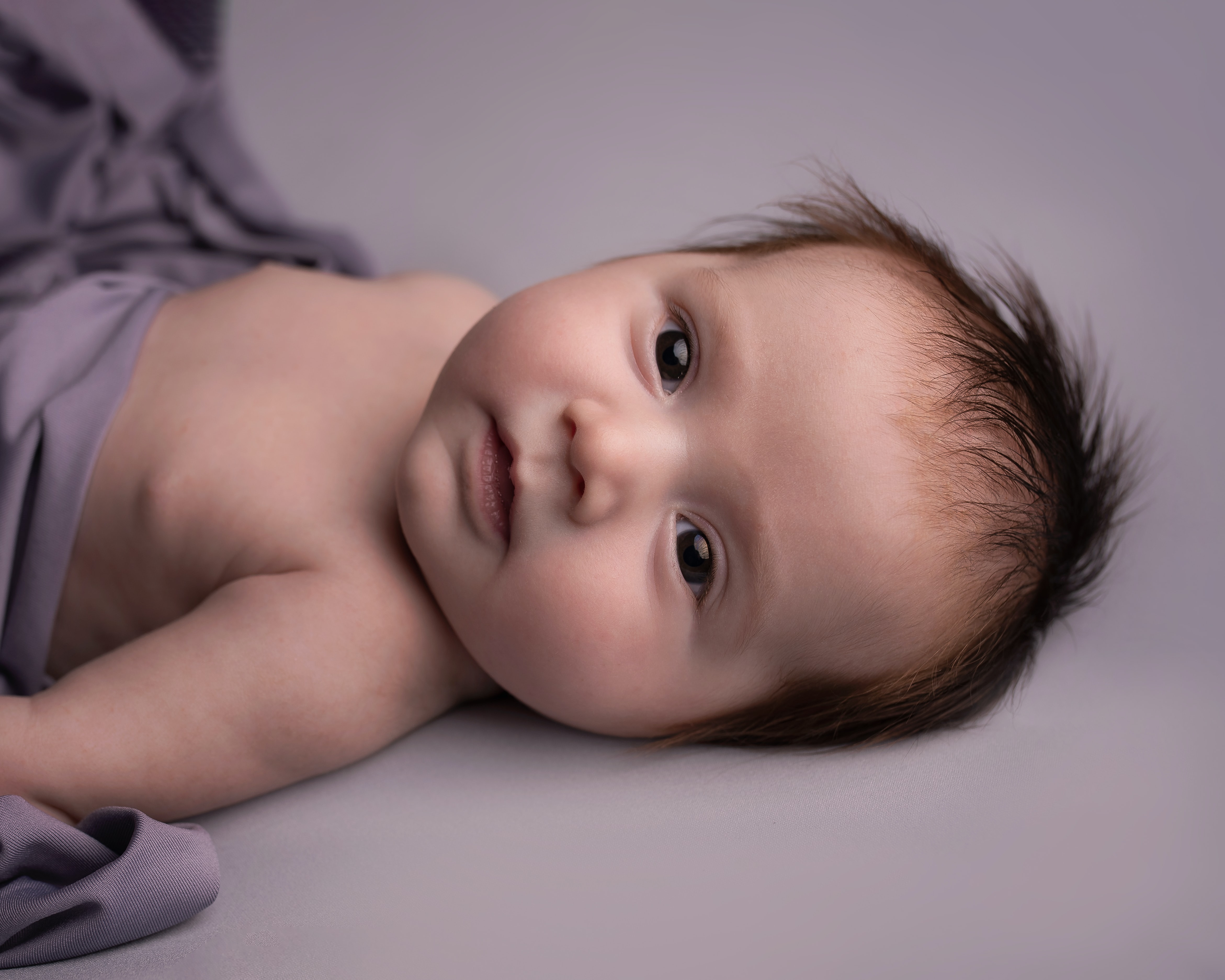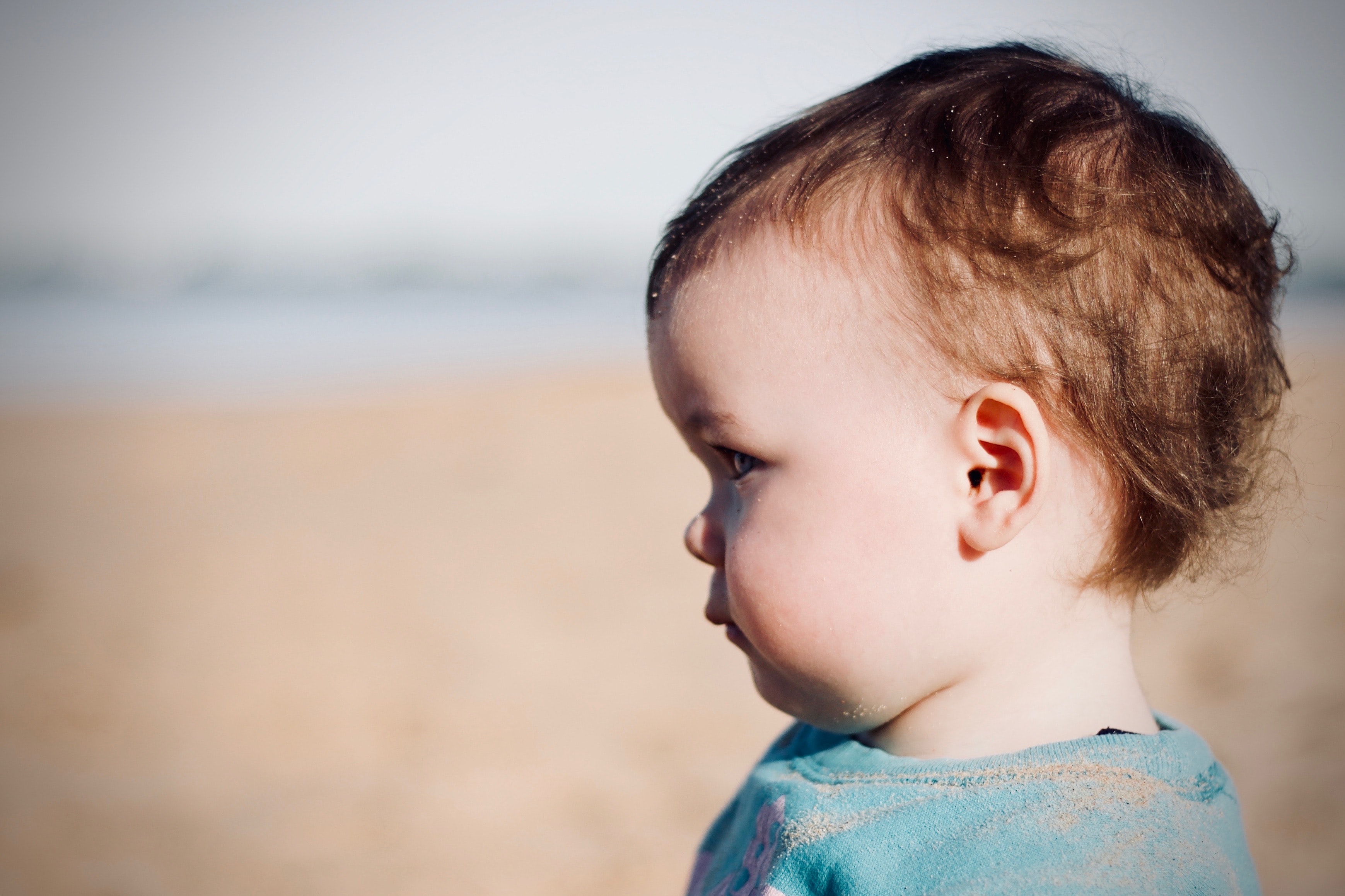Conventional treatment for craniosynostosis traditionally involves open cranial surgery to correct head shape and facilitate normal brain growth.
Great Ormond Street Hospital (GOSH) pioneers a less invasive alternative: endoscopic strip craniectomy, removing fused sutures.
Upon referral from GOSH consultants, the London Orthotic Consultancy (LOC) provides post-operative orthotic treatment in the form of a bespoke, cranial remoulding helmet called a Cranioband. This is similar to the helmet used in treatment for Positional Plagiocephaly, but has different design features.
Once you have decided that Endoscopic Strip Craniectomy is the surgery option for your baby and that you wish LOC to carry out your cranial remoulding aftercare, the treatment plan begins with an appointment before the date of surgery at Great Ormond Street Hospital.
At this appointment, we will take a pre-surgery scan if possible and it will give us an opportunity to take a history and for you to ask any questions you have about cranial remoulding treatment.
We would like you to contact us post-surgery to inform us of how it has gone. After a week of healing, if everything is going well, a scan is taken, so that your baby’s bespoke Cranioband can be manufactured. The scan appointment will be about 90 minutes long. At the scan appointment, we will also measure your baby’s head shape to provide an objective pre-treatment measurement of asymmetry.

The Cranioband will be fitted a week after the scan and the appointment will take 90-120 minutes. At this appointment, your baby will try the band on for the first time and any necessary adjustments will be made. By the end of the appointment, the band will be fitting well, and we will have talked through its wear and care guide.
One week later you will attend for a first review, at which we will check that all is going well, monitor progress and make any necessary adjustments. After this, there will be 1-2 one-week reviews and then 2 weekly reviews progressing to 3-4 weekly reviews, as your baby’s rate of growth slows.
The Cranioband is made from a slightly flexible plastic and will have strategically placed pads inside. This band is more directing of growth and is limited in the space added specifically for this reason. It is easier to clean due to the reduced padding inside which is important in the early stages post-surgery. It is expected that the first Cranioband will last for 6-8 weeks, depending on your baby’s age and rate of growth.

A second Cranioband may be required depending on your baby’s age and head shape. If this is the case your clinician will be able to inform you of this, as your baby progresses in the first band. The second Cranioband may last 8-12 weeks.
Following the first or second Cranioband, depending on your baby’s requirements, they will progress to a LOCband; one or two may be required depending on the age of the baby and its particular head shape. The LOCband has a different construction with a rigid outer shell and a firm foam lining; it has greater longevity due to its lining as it can be adjusted as your baby grows. The LOCband may last 4-8 months in younger babies and longer in older ones.
The recommendation from Great Ormond Street Hospital is that babies stay in treatment up until 2 years of age.

This is very much dependent on how fast your baby is growing. The faster the growth, the more frequently your baby will be seen so that the helmet can be adjusted. In general, reviews will happen at two to four-week intervals.
The price of treatment covers:
Yes - All babies that have completed their course of treatment with us have achieved a measurable improvement in head shape. However, you don’t have to take our word for it.
Recent independent research conducted by a University Hospital in Germany has endorsed the treatment for babies with moderate or severe plagiocephaly.
A larger, retrospective study has just been published that found complete correction was achieved in 94.4% of babies treated with helmet therapy.
The results were conclusive: repositioning achieved acceptable correction in 77.1% of cases, but 15.8% were moved onto helmet therapy because re-positioning was not working. Meanwhile, 94.4% of the infants who started in the helmet-treated group achieved full correction, as did 96.1% of those who were transferred from the repositioning group into the helmet-treated group.
Further information can be found on our Plagiocephaly Research page.
If your baby has a temperature or a fever due to illness you must remove the band. The band can be put back on once the temperature has returned to normal.
The optimum age for treatment is between four and seven months.
This is because the skull is most malleable at this age and improvements to head shape tend to take less time and are more dramatic. That is not to say that helmet therapy should be ruled out if the baby is older than seven months. Routinely, babies up to the age of 16 months can be treated very successfully.
The cut off age is around 18 months when the fontanelles (soft spots on the head) are no longer malleable. As babies grow and develop at different rates, it is always worth checking if you are not sure. There have been cases where a baby’s fontanelles have not fused yet by the age of 18 months, who have achieved successful, but less-marked results with cranial remoulding therapy.
Torticollis is a condition in which a tight or shortened muscle in one side of the neck causes the head to tilt or turn to one side, resulting in the infant resting its head in the same position. In 2013, we analysed the data from all first appointments in our Kingston clinic and found that 20% of the babies examined had some kind of neck condition that was causing head immobility.
The clinics and clinicians that provide this treatment in the UK will have received similar training and experience. However, we are the only clinic that manufactures its own helmet and our clinicians are closely involved with the process for each individual helmet that we produce.
In addition, we do not restrict review appointments to a set number, we are extremely flexible and respond to individual parents' needs so that the best outcome can be achieved for each baby.
The LOCband is non-invasive and works by applying gentle, constant pressure over the areas of the baby’s skull that are most prominent while allowing unrestricted growth over the flattened areas. The band consists of a soft foam layer inside a thermoplastic shell. As the baby grows, the band will be adjusted frequently to gently guide the skull into a more symmetrical shape.

Join The London Orthotic Consultancy in celebrating Cerebral Palsy Awareness Day on March 25th. Learn just how important expert orthotic care is in enhancing mobility, independence, and quality of life for children and adults with cerebral palsy.

Introducing the Agilik™ smart orthosis, a cutting-edge, powered knee orthotic now available in the UK through the London Orthotic Consultancy. Unlike traditional KAFOs or heavy exoskeletons, the Agilik™ provides dynamic knee assistance and offers real-time support, reducing fatigue and improving posture. This pioneering, modern technology can help children and adults with lower limb weakness walk more efficiently and naturally. We are honoured to be selected as the exclusive paediatric specialist centre in the UK for the Agilik™ device.

When Sophie noticed her baby Max had a persistent flat spot on his head, she was told it would resolve naturally—but it didn’t. Seeking a second opinion led her to the London Orthotic Consultancy, where Max was diagnosed with severe plagiocephaly.

A little more than four years after the LOCband Lite's launch, we're proud to have successfully treated our 250th helmet therapy patient at our Romford clinic using our cutting-edge 3D-printed cranial band. After five months of treatment, her final scan showed that her asymmetry had decreased from 12 mm to 3 mm.

Sky News published an article this month quoting scientists at Southmead Hospital who claimed there was a lack of research into flat head syndrome and its treatment with cranial remoulding (helmet) therapy. This is our response.

With our non-surgical treatment plan, Alex achieved 100% chest correction in just two years. His treatment involved a combination of dynamic chest compressor and vacuum bell therapy treatment to address his pectus excavatum and rib flaring.

Learn how a custom carbon fibre AFO helped Gill regain mobility and comfort despite complex challenges from shin bone (tibia) removal. We created a truly tailored orthotic solution made from pre-preg carbon fibre at our Cambridge clinic.

Discover how bespoke orthotics and the OSKAR program with Elaine Owen transformed Archie’s life with cerebral palsy quadriplegia, helping him avoid a wheelchair and achieve greater mobility.